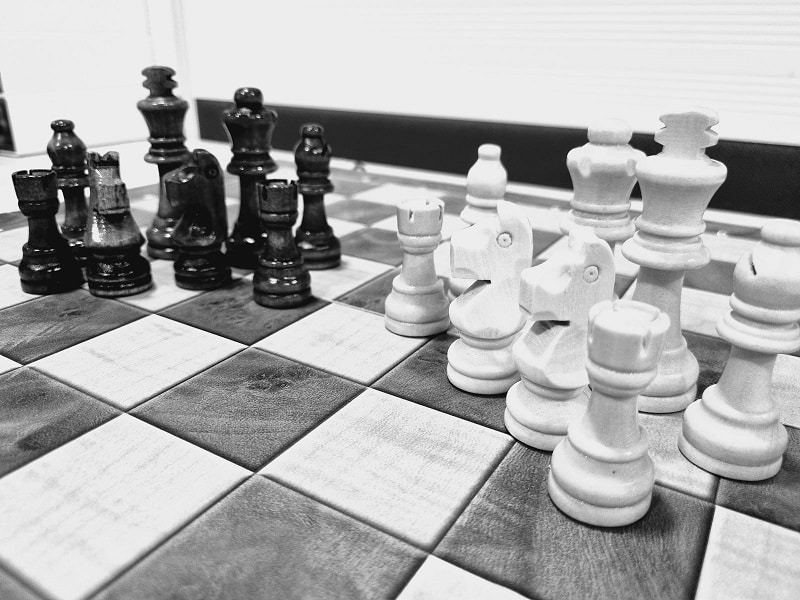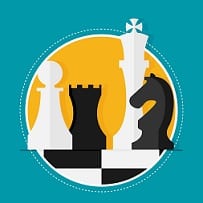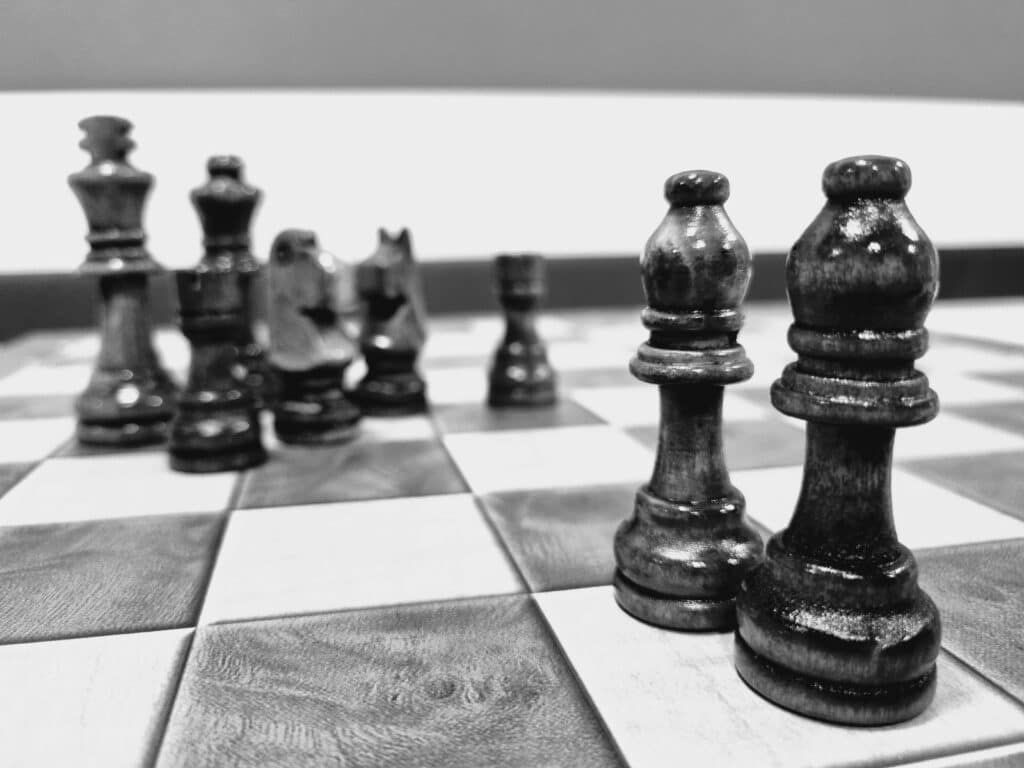
Not everyone is keen on studying the origins of their favorite games, rather than focusing on mastering or simply playing them. While most games have a clear evolution throughout history, some others have uncertain or unproven development.
That is, for some scholars, the case with chess. Most researchers have already found chess to come from two old and extremely similar games called ‘Chaturanga’ and ‘Shatranj’.
These ancient games went through so many changes before becoming the modern version of chess that nowadays, it remotely resembles the originals.
Shantraj
‘Shatranj’ started suffering the influence of different people when it was brought to the southern portions of Europe by the Muslims during the 10th Century.
Not only were the rules modified, but so were some of the names of the pieces. Some of the old names made absolutely no sense in the European culture of the time, either due to the possible mistranslations or the absence of that animal or element.
Pieces like king (shah), rook (rukh), knight (asb or faras), and pawn (sarbaz / piyadeh, or baydaq) were simply translated and found to have a perfect match. However, that is not the case for some pieces.
As time went by during the 10th century Europe, it didn’t seem to make much sense to have a counselor as such a relevant piece on the chess table, giving the queen a place.
Besides, the counselor only moved one square diagonally, making it a rather weak piece for defense purposes. Due to the importance of the queen, the piece became the one with the widest range of movements on the table.
What Chess Piece Was Originally Called The Elephant?
‘Shatranj’ also had two +elephants, or ‘alfil’, pieces that could only move two squares diagonally and jump pieces on the first diagonal square.
Upon the adaptation, the elephant became the bishop, a piece that can move as many diagonal squares as possible. However, despite the upgrade in the movement range, the bishop became unable to jump over other pieces, which prevented it from becoming too powerful.
The elephant pieces, which were carved in a round shape with two blunt points, resembling the tusks of the animal that named them turned into a more familiar shape.
The two blunt points looked more to Western Europeans like the mitre of the bishops, rather than the tusks of an animal unknown to that part of the world.
Therefore, the elephant became the bishop and suffered the alteration that made more sense to the function of that piece in the chess board.
It’s quite clear that most changes in the movements of pieces from the old ‘Shatranj’ to modern chess were focused on improving the defense aspects.
That is mainly because, as the game was being introduced in so many different cultures, and mostly by already skilled players, it was almost impossible for new players to win their first matches.
And for you, does the change from elephant to bishop make sense or should it be kept as the original piece?



